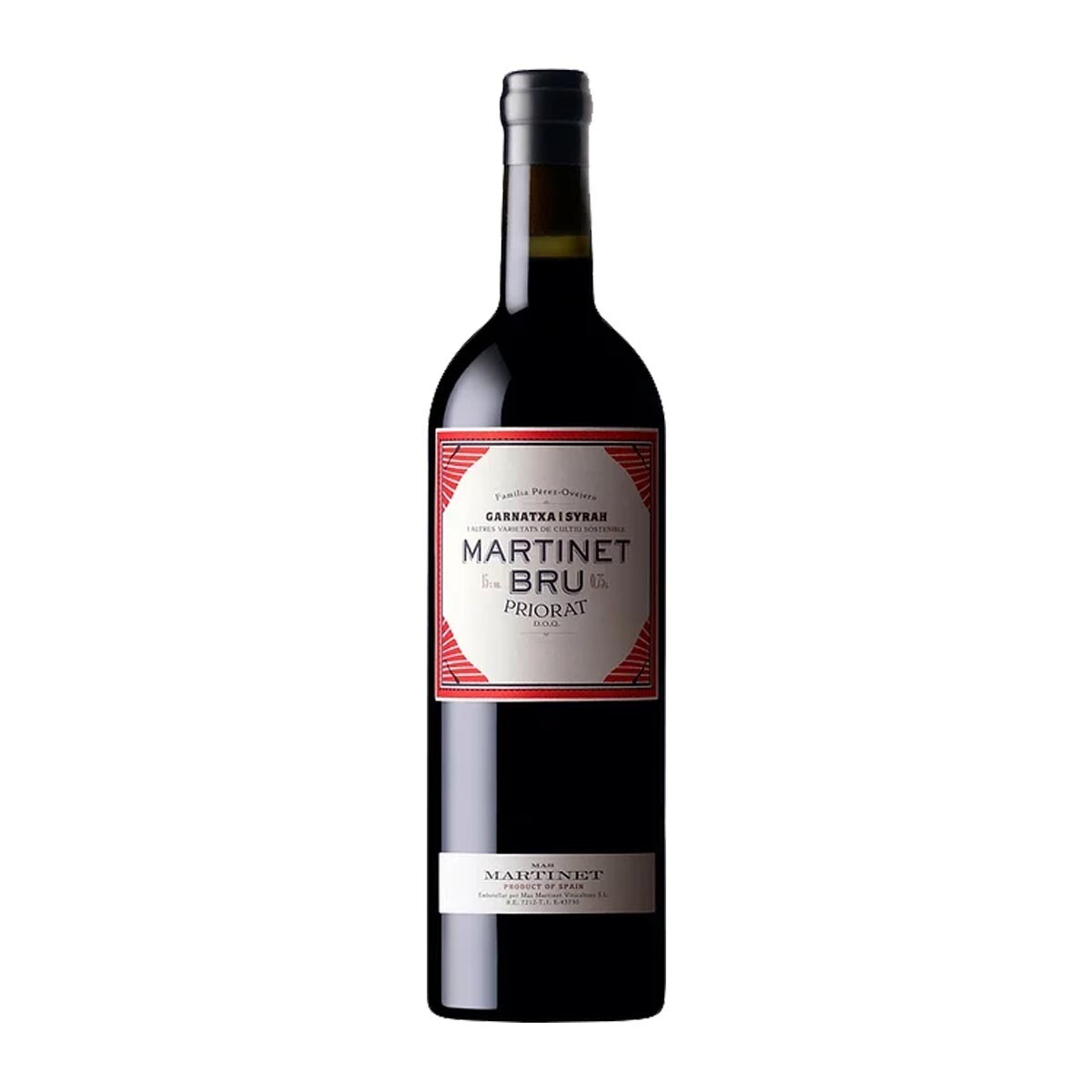
Mas Martinet Martinet Bru 2021
Winery: Mas Martinet Viticultors
Country / Region: Spain / DOQ Priorat
Date Winery was established: 1986
Grape Variety: Garnatxa, Carinyena, Syrah, Carbernet Sauvignon and Merlot
Alcohol Content / Volume: 14,5% / 750ml
First Vintage Released: 1990
Ratings: 92 pts. Robert Parker (2017)
Decanting Time: no needed but you can decant for 30 minutes and serve at 18°C. A little bit of air will help.
Our suggestion for decanting time is based on bottles we tried at Txanton over 2023. We guarantee Txanton stocks are imported and maintained on a proper storage with right temperature and humidity.
Good to know: Martinet Bru is mainly sourced from a single vineyard, known as Mas Seró. This vineyard is located within the “Vi de Vila” (village wines) zone of Masos de Falset. It adjoins the D.O. Montsant (wine appellation) and has a similar climate to Montsant, although the differentiating factor is the soil, which is Llicorella (slate-based). The soil is stony, but the vineyard is cool in terms of climate. It faces the cooling sea breeze (known as the “Garbinada”) so it means this wine is more drinkable and easier to understand than most Priorat wines, affording it hint of liquorice, blackberries... rosemary... and tannins.
Mas Martinet also rest some of their wines in clay amphoras aside from wood tanks and barrels. In fact, Sara Perez (daughter of Josep Lluis Perez) says “using a barrel is like hiding the wine in a coat and make up, with ceramic you have the sensation of laying it bare, I think it is the perfect connection with the terroir.. and makes the wines more slender and elongated".
Family Pérez Ovejero began their project in Mas Martinet in 1981. They studied orientation, rootstocks, varieties, climate, soil... and these studies were applied in vineyards that make today's wines: Clos Martinet, Martinet Bru and Camí Pesseroles. 20 years later, in 2000, all vineyards, olive trees and woods were managed as a one agrosystem, under the rules of agroecology. Today, they produce a wine from each vineyard, almost forgotten traditional varieties are back and they work eco-friendly agriculture so that every bottle gets to explain stories of Priorat's landscape. They are located in the Falset area, but they belong to Gratallops.
